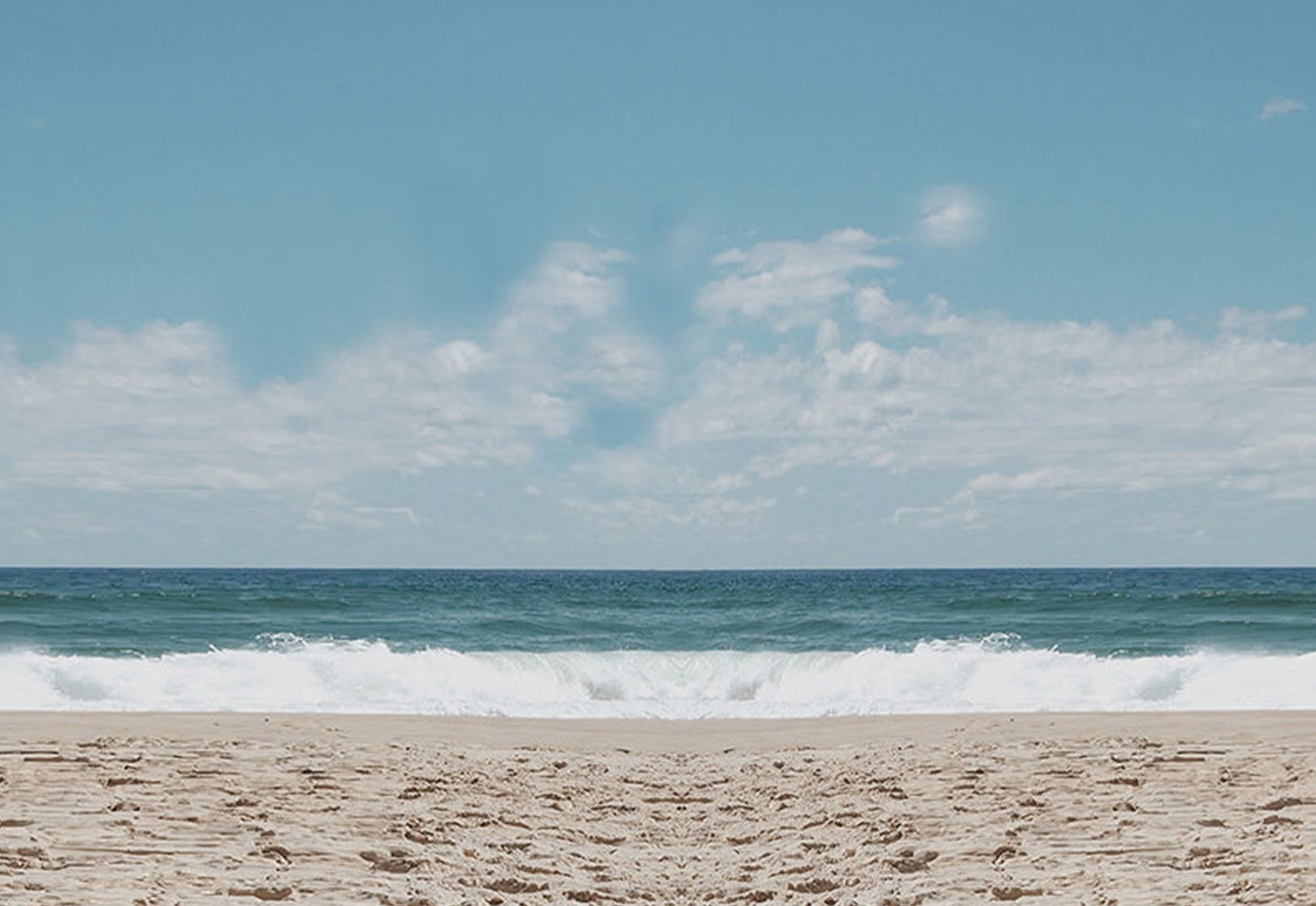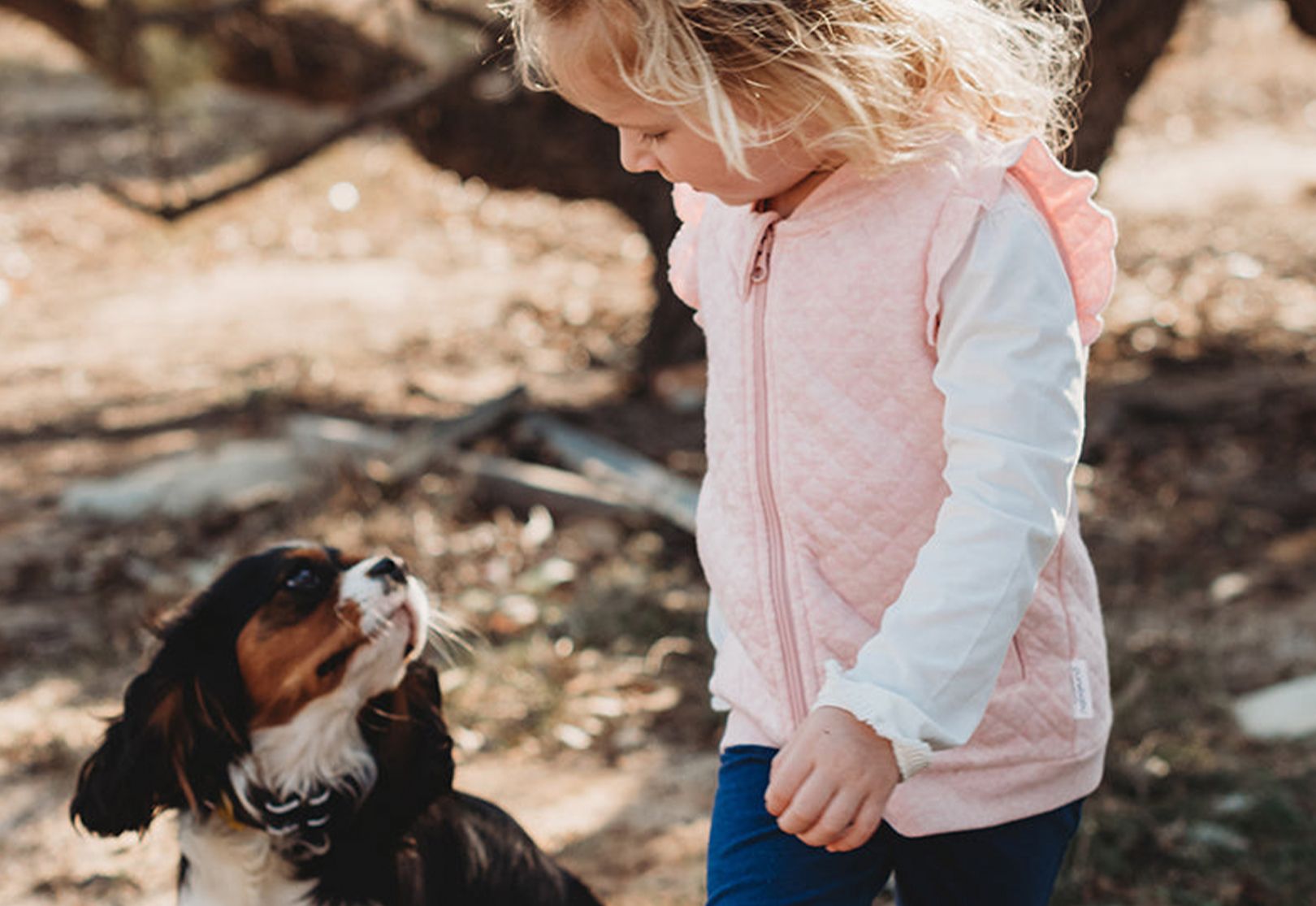
Sun Safety for Babies
11 min read | 19 September 2021
12 min read | 30 January 2022

We all know that falls, bumps, bruises and adventuring as a little person are all part of growing up, but of course, it is important to keep your baby as safe as you can. Often, minor injuries cannot be prevented, but most serious injuries can be.
Baby safety is all about supervision, whether in the home or outdoors. Children and babies often obtain different injuries to adults, so it is highly recommended to undertake a child first aid course to ensure you have the knowledge and skills to treat any injuries that may occur. Let’s begin with discussing the most common injuries for little ones.
There are a number of common injuries that can occur outdoors for your baby, especially as they begin exploring their surroundings through crawling and walking. One and two-year-olds are the most at risk of injury as they are mobile but still developing motor skills and cannot judge hazards. There are different injuries that your little one may experience as they grow into children and take more risks when exploring. Common outdoor baby injuries include grazes, cuts, falls, head injuries, sunburn and drowning.
Grazes and cuts are the most common injury for your baby outdoors, normally a consequence of falling over or exploring play equipment. If your little one is moving around, it can be a great idea to let them play in an area with soft surfaces such as rubber matting or sand.
Head injuries are a common injury and are considered as any knock or hit to the head. They can also occur as a result of a fall, falling off a moving object or road accidents. Head injuries are classified as either mild, moderate or severe.
Falls are not going to be completely preventable as your baby begins to move, walk and build balance. Frequent minor falls are common as these tumbles are a way your baby learns and works on their coordination, but you can make little changes in the environment to make it safer for them.
Removing tripping hazards
Placing padding on sharp corners
Adding safety gates near stairs
Babies and children are at higher risk of skin damage because their skin is delicate, therefore vulnerable to ultraviolet (UV) radiation. To decrease your little one’s exposure to high UV levels, plan to undertake outdoor activities early in the morning or later in the afternoon when the UV is lowest. When going outdoors it is important to use multiple forms of skin protection for your baby because if they are under six months old, sunscreen usage should be kept to a minimum (check the sunscreen you are using is suitable for their age group).
Slip clothing on your baby to cover up as much skin as possible. Covering your baby’s skin with
sun-protective clothingis important when it’s not possible to get out of direct sunlight.
Slop on sunscreen of SPF30+ or higher to any exposed skin. If your baby is under six months of age, use sunscreen labelled ‘for babies’ or ‘sensitive’.
Slap a hat on your baby that shades their face, neck, ears and is a suitable size for their head. A wide or
broad-brimmed hatis best to provide adequate coverage.
Seeking shade is vital to keep your baby out of direct sunlight, whether it is under a tree or umbrella. If your baby is in a pram, ensure it is shaded but do not cover the pram with a blanket as this restricts airflow and the temperature inside can increase to dangerous levels. Improve air circulation around your baby by removing the ventilation panel at the rear or using a more open stroller.
Slide on sunglasses to best protect your little one’s eyes from the UV radiation. Sunglasses can be difficult for babies to keep on, so a soft elastic strap around the back of their head can help or keep them well in the shade.
Another injury to mention is drownings, which is a sad topic to discuss but is one of the leading causes of injury-related deaths in young children. Supervising your baby at all times when near any body of water is absolutely vital, as well as emptying buckets and wading pools as soon as you are finished using them to prevent any near-drownings.
Other situations to supervise your baby very closely is when playing with toys or any objects smaller than a 20-cent piece that can pose a choking hazard, and near roads, carparks and driveways, even if your baby is in a pram.
When your little one has a tumble or accident, it is normally treated with a cuddle from mummy or daddy, something to eat or drink and some distraction. If your baby has seriously hurt themselves or there is blood present, it is best to quickly assess the injury before taking action.
Comfort your baby as needed and then inspect the injury
If it is bleeding apply pressure for 5 minutes with a clean dry cloth
Clean the cut or graze with water or antiseptic solution to decrease the risk of infection.
Cover with a sterile bandage, tape or a bandaid for babies.
Check the cut daily for signs of infection.
Wounds that won’t stop bleeding, look deep or are gaping, will need to be reviewed by a doctor as soon as possible. Sometimes deep cuts in children need stitches or medical grade glue.
For head injuries, the treatment varies depending on the classification and symptoms. Mild head injuries can be treated at home with rest and close monitoring. Your little one may have a headache and need an ice pack and paracetamol to relieve the pain. If your child has lost consciousness, is confused, vomiting or drowsy they need to be assessed by a medical professional.
In all situations, supervision is the number one key to preventing injuries for your little one, especially those with serious consequences. A baby or toddler needs to be supervised all the time when playing, especially in situations they may get into difficulty, such as around water. Teaching your baby to swim as they grow older and all parents learning children’s first aid and CPR is important when it comes to injuries around water.
When taking your little one outside, always ensure you have a safety harness in the car seat and pram, and that they are buckled in at all times. If driving somewhere, put the baby bag on the backseat as a reminder to minimize the risk of you leaving your baby in the car. Part of baby safety outdoors is checking your baby’s temperature to ensure they don’t overheat. This can be done by feeling their skin and if they are sweating or feel hot it’s time to head inside or somewhere cooler.
The beach and playground are two common outdoor environments that your little one will be familiar with as they grow up. Baby safety at the playground includes playing on soft surfaces and supervising them at all times to prevent falls, head injuries and choking. It is beneficial for your baby to be exposed to different experiences and germs to build a good immune system, but constant supervision in the outdoors is highly recommended.
As well as actively supervising your little one’s play, choose parks and equipment that suits their abilities and when under three years old, playground equipment should be less than one metre in height. Ensure you buckle your baby into swings properly, check the temperature of metal slides and poles, look for a playground with shade and a fence around it to keep them secure and away from any roads. When at the beach, sun safety and supervision at all times is a must. You can have your little one play in shallow water with a floatation device on, but of course, being supervised around the water is the biggest way to prevent accidents or injuries.
Another thing to keep in mind when it is warm and you have your baby outdoors is hydration. Younger babies are at greater risk of dehydration as their body heat increases faster. For adults, if we are hot or thirsty we grab a drink and increase our fluids. Babies are very similar except they don’t have the ability to communicate what they need, so it is your responsibility to keep them hydrated and monitor their hydration levels.
Hydration levels can be observed through their urine output, behaviour and knowing how much fluid they have consumed. Breastmilk or formula will be your little one’s main source of hydration if they are less than 12 months old and therefore they will demand more feeds on hot days. Monitor your baby’s urine output by the number of wet nappies they have had in 24 hours. Normal urine output is 6-8 wet nappies or more in 24 hours (for a baby over 7 days old). If their urine output is less than normal and your baby is otherwise well, increase their fluids and monitor urine output closely.
If your baby is over 6 months old you can also give them water, and water-rich food such as watermelon (if they have commenced solids) and monitor signs of hydration. If your little one has symptoms of severe dehydration at any point, including lethargy, please present them to your nearest emergency department for assessment.
Blog article is written by midwife Aliza Carr from Bumpnbub. All advice is general advice only and does not replace medical advice.
Sign up to Pure Love Rewards and get $10 off your first online order, earn points every time you shop and more!